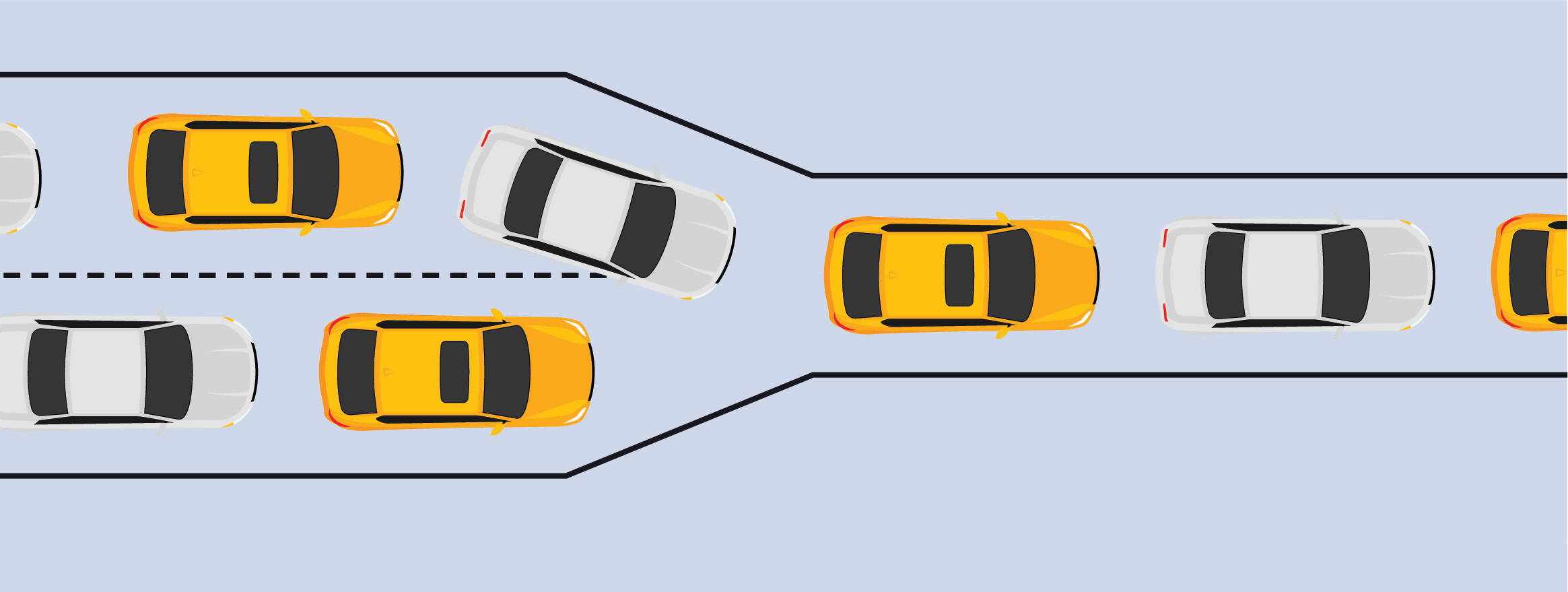
In this article series, we explore terminology commonly used by internet providers. We will delve into how these terms relate to automobiles and driving through text and graphic illustrations. As the series progresses, we will continue building on the automobile concept.
Internet bandwidth
Internet bandwidth is the maximum amount of data that can be transferred over a network connection within a specified time frame. Typically measured in megabits per second (Mbps) or gigabits per second (Gbps), it is crucial to determine how efficiently data can flow through a network.
To illustrate this concept using an automobile analogy, consider the width of a highway. Imagine two highways: U.S. 20 and U.S. 69. The wider the highway, the more cars (or data) can travel simultaneously. Similarly, higher bandwidth plans provide a wider ‘data highway,’ allowing for smoother and faster data transmission.
High-bandwidth plans are well-equipped to handle data-intensive activities such as streaming, remote work, and online gaming. Conversely, lower-data-demanding tasks like internet browsing and email communication can be comfortably managed with a lower-tier internet plan.
Internet speed
Internet speed refers to the rate at which data is transferred. In the highway analogy, it’s akin to the speed limit sign.
Bandwidth and speed
Bandwidth directly affects internet speed. Higher bandwidth allows for greater data download and upload capabilities. However, network congestion due to multiple devices and other factors can impact data transfer speed. It’s important to note that bandwidth represents the maximum limit but is not always guaranteed. Think of it like driving on a highway: if there’s heavy traffic, you might not be able to reach the speed limit.



